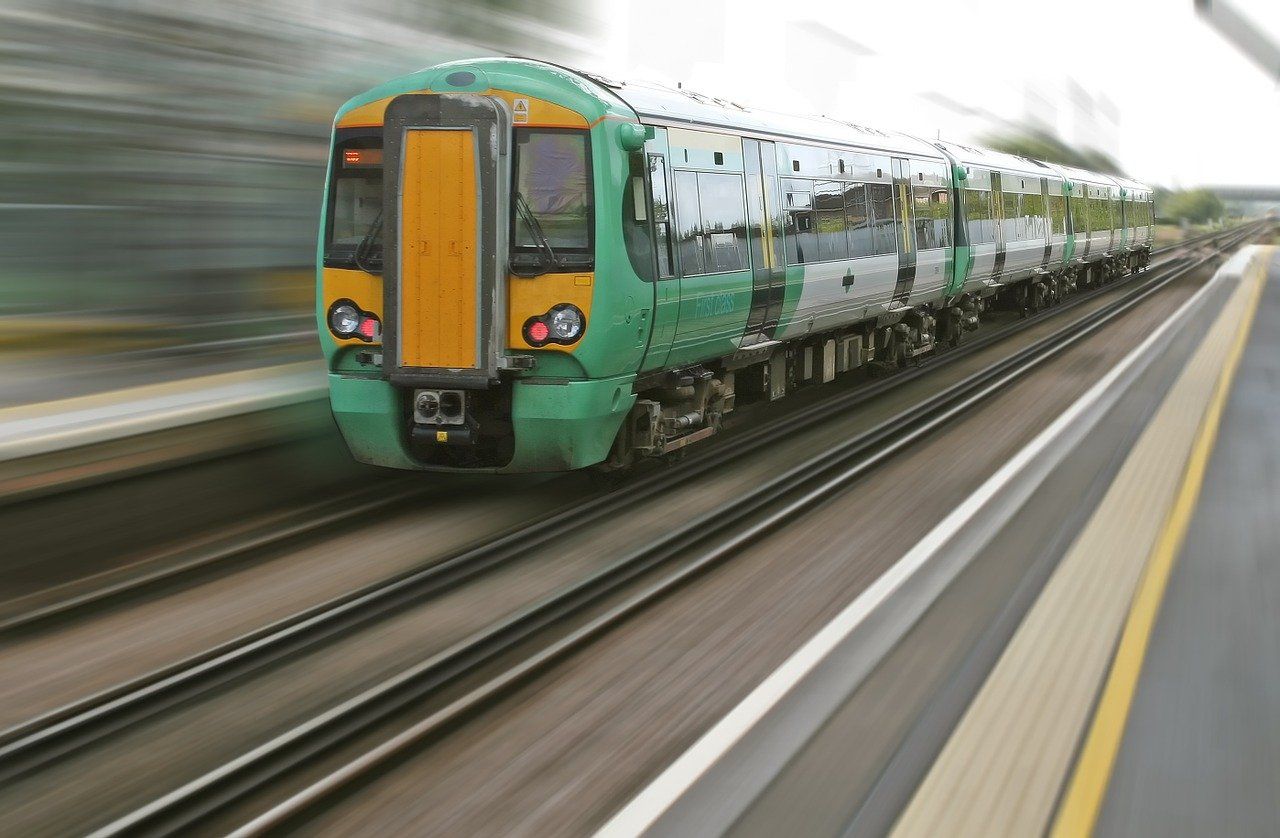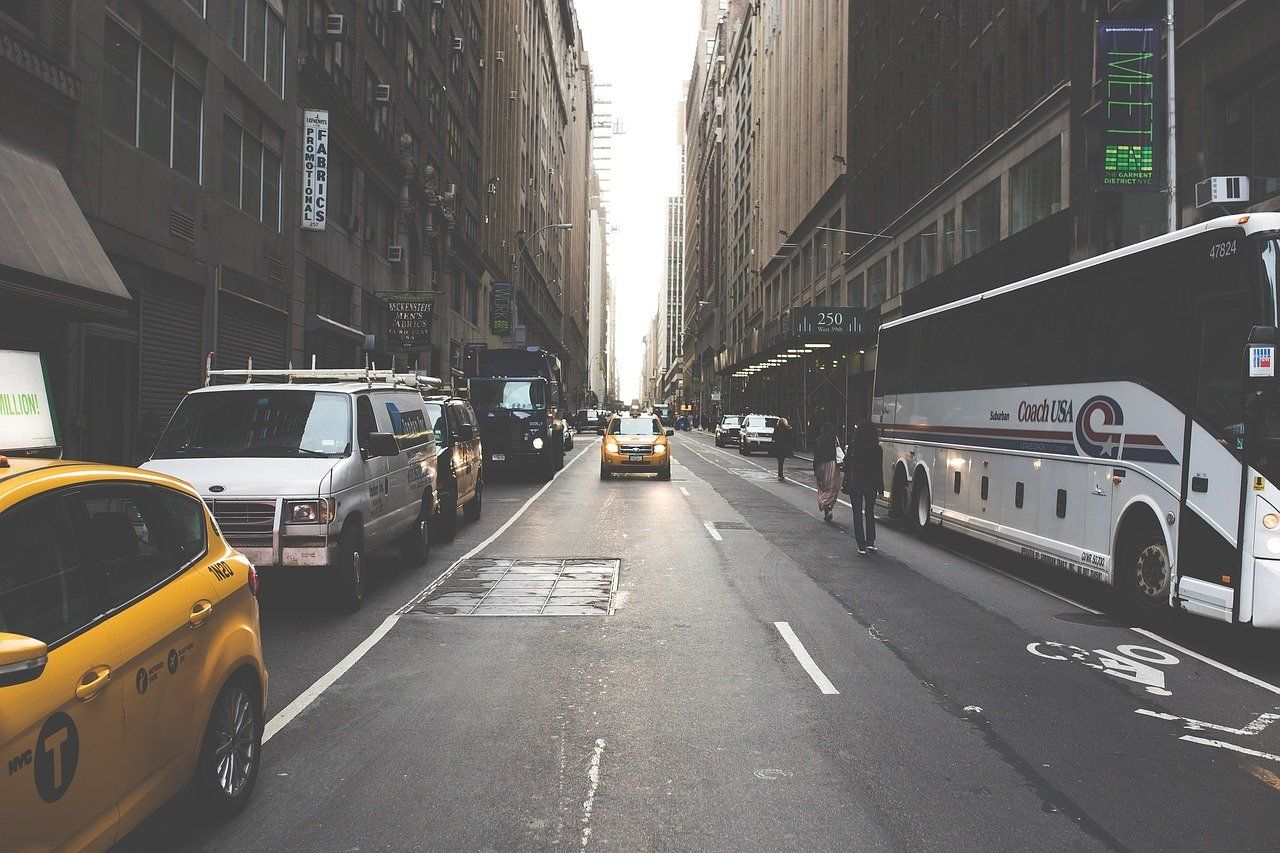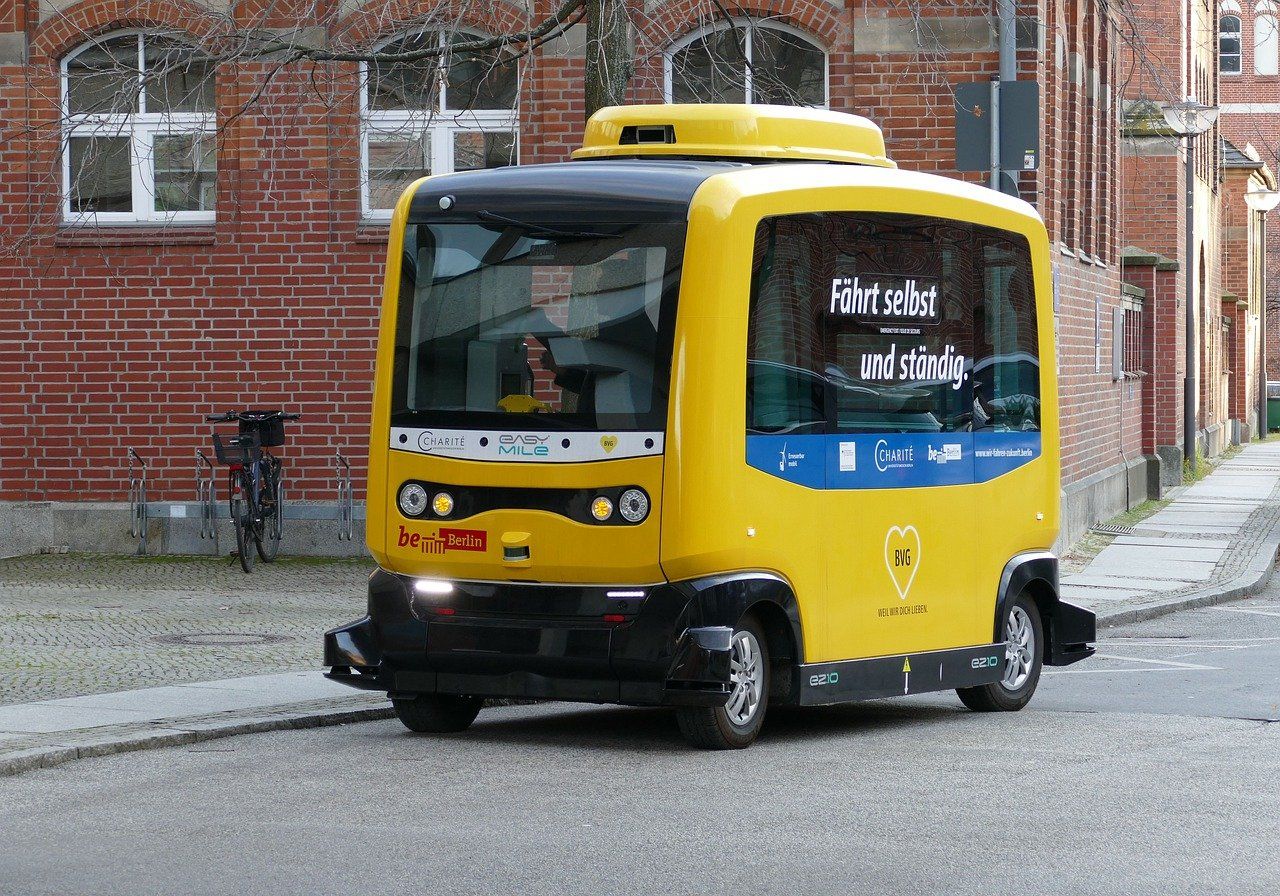Natalia Filandrianou and Christian M Theissen (pictured above), technology-focused lawyers at global firm White & Case specializing in the automotive industry, discuss how the rise of Mobility as a Service (MaaS) in smart cities will change the dynamics between private and public actors.
The status quo of the daily commute in a conventional city
The traditional commute from a suburb to a workplace in the city center currently involves three basic steps. Firstly, commuters drive their car to the nearest train station. Secondly, they take the train to the city center and, thirdly, they switch to the subway before walking a few streets to the office. For the last two steps, they can buy a ticket either at the train/subway station or online by using the website or application of the private rail operator or the local transit authority.

For each step of this commute, there are several actors involved who have access to some of the data and could be liable in the case of an accident. These actors include the manufacturers of the car, train, and subway (the makers), the authorities granting the necessary approvals, registering the vehicles, monitoring the functioning of the train, etc. (the controllers), the commuter as car owner, the private rail operator, and the city’s transit authority operating the subway (the operators), and, finally, the private internet/telecommunication providers necessary for the safe operation of the vehicles, the car manufacturer’s backend communication with the car, etc. (the supporters).
One obvious disadvantage of such a large number of actors is the difficulty to offer services centrally. To make the journey described above, the commuter needs (i) to own a private car, (ii) a ticket for the privately operated train, and (iii) a subway ticket. As the in the example above, in many cities, tickets for different trains, subways and buses still cannot be purchased from one platform. This makes it much more difficult to organize such trips and explains why many still prefer using their own car, even if that means having to find and possibly pay for a parking space in the city center.

However, in a smart city, the roles described above will converge and significantly reduce the number of actors, as mobility will transform into an integrated service with different choices. The concept that will provoke this change is called Mobility as a Service (MaaS). Although this concept is currently also being introduced in some non-smart cities, it cannot realise its full potential there. This is because the existing infrastructure and roles of the involved actors can only be changed to a certain degree without a complete overhaul of the system.
MaaS in the smart city
Ease of mobility is one of the predominant characteristics of the smart city. The underlying goal is to reduce the one-person-per-car use, which is inefficient both regarding emission levels and the use of land in the city center.
MaaS is based on a single digital platform that enables end-to-end trip planning with up-to-date information. In the example above, by using the single digital platform (via smartphone), the commuter could book both a car-sharing vehicle for the first step, the train ticket for the second step and, instead of walking a few streets to the office, the commuter could book an e-scooter or bicycle for the final step. Based on the MaaS model, mobility must be flexible, easy to use, and always available.
But the MaaS concept does not stop there. The platform can also offer additional data insights, such as weather conditions and traffic information, and integrate other services that go beyond traditional mobility. This includes information on tourist sights, booking of concert tickets or hotel rooms, making appointments with authorities and payment services. It is even able to integrate smart insurance services.

As a result, MaaS is based on strong cooperation between public and private actors and the exchange of data between them. In truly smart cities, there will be less of a coexistence of service providers. Instead, these cities will converge into one central mobility system, which will make the way data is organized and processed more efficient and enable the provision of new mobility services. In this new structure, public actors will often take the central position.
In this case, the public actors’ role will be (i) the legal and administrative framework provider (the controllers), (ii) one of the main service providers, and most importantly (iii) the final decision maker about which other actors are allowed to offer their services in the system. While they will, of course, need private actors as partners, such convergence will affect the actors’ interaction and competition.
MaaS will also enable the transition from an ownership model (i.e., the private car model) to a services/ride sharing model – minimizing the dependence on private cars. While many current MaaS-projects focus on public transportation, such as standard trains, metro lines, and buses, the near future of MaaS will also include electric and driverless shuttles and cars. This drive towards a services/ride sharing model is also receiving strong government support as it offers a solution to the problems mentioned above: high emission levels and the unavailability of land that could otherwise be used for housing projects or the creation of green spaces. This development is illustrated below using Germany’s new law on autonomous driving that has a smart city focus.
New German law on autonomous driving
A new law that was passed by the German parliament on May 21, 2021 seeks to further the development of MaaS, shifting the emphasis from private ownership of autonomous cars to the public operation of people movers.
In this next step towards autonomous driving, fully autonomous shuttles will be used from 2022 for regular operation (in defined operating areas) on public roads (i.e., SAE Level 4). However, unlike originally envisaged under this SAE Level, this will be without a physical driver present in the vehicle. Under the new law, control over each autonomous shuttle will be exercised by a remote technical supervisor, a natural person who, in individual cases, can disable or enable driving manoeuvres from outside the vehicle. They are not, however, required to continuously monitor the vehicle that is in autonomous operation.

The German Government’s explanatory note for the draft bill demonstrated the changed focus on shared mobility and many services that will be offered in smart cities. The listed examples included company shuttles for employee transportation, trips between medical care centers and retirement homes, service and supply trips for people with limited mobility, and smaller and larger vehicles in public transport to cover various passenger transport needs in municipalities. The government’s stated goal was that these vehicles “cannot only increase traffic safety and efficiency but can also achieve positive environmental effects (reduction of emissions, decrease of land use). Technological progress will also have an impact on day-to-day life and provide a new impetus to the economy.”
Key takeaways and future developments
A full transition into MaaS platforms means that the role of public actors will extend beyond that of the regulator and align it closer to that of the service provider. Similarly, the concept of mobility will change from ‘use’ to ‘service’. As this transition develops, private actors will have to consider (in a cost-benefit analysis) the effects of a successful partnership with other private actors, as well as city governments. As the example of the new German law on autonomous driving demonstrates, legal developments are gradually following the pace of the technological and market progress. In the context of MaaS, a uniform liability system for the different transport service providers could arise, as they will be operating through the same platform, and they will be subject to the same rules. The consolidation of all services in one platform run by the city could also impact the city’s liability for the provision of services.





